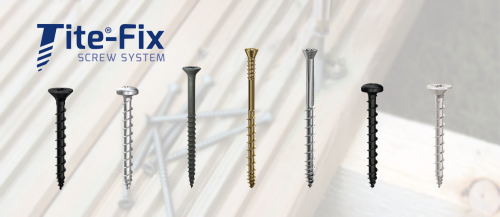This site uses cookies to help deliver its services and analyse traffic.
The Future Expansion of the Stainless-Steel Market
There is very exciting news on the horizon for the stainless-steel market, with it being predicted to expand by 5.5% over the next decade (2020-2030). This is due to the fact that stainless steel’s use is growing in popularity in lots of different industries; with its versatile properties such as anti-corrosion and fire resistance, we don’t need to wonder why. A few examples of industries promoting this growth are:
- Chemicals
- Petrochemicals
- Kitchenware
- Automotive
- Hospitality
- Pharmaceuticals
Austenitic stainless steel (non-magnetic stainless steel containing high levels of nickel and chromium) is expected to remain the largest grade used in the market due to its utilisation in pharmaceutical equipment, chemical enterprise, kitchenware, device, and storage production—more than 77% of stainless steel was bought within these industries in 2021. This is because of how ideal it is as a material with its amazing weldability and its lack of magnetic properties when it is tempered.
With said properties, the material has a lot of architectural capabilities being used for:
- Roofing
- Staircases
- Swimming pool shades
- Canopies
- Lifts
- Staircases
- Railings
Stainless steel takes the advantage over other materials in its domain, such as carbon steel, as it has combinations of pliability, low maintenance costs, and an average product life cycle. Not to mention the aesthetic properties of stainless steel, which result in it being used for lots of different types of jewellery such as rings, watches, bracelets, charms, and earrings, which are always in demand. Sterling steel is very common in the jewellery world, but many people opt for stainless steel due to its natural scratch resistance and durability; sterling silver is prone to breakages as it is a naturally softer material, so those seeking more life out of their jewellery usually prefer stainless steel.
The steel industry has actually gone through a state of oversupply because of lots of production of different steel, including stainless, by China. This oversupply of steel has made it actually fall in price, which affects the business of manufacturers around the world. The growing changes in the price of stainless steel have been studied for the past decade, which also affected industries significantly. A big fall in stainless steel prices and raised raw material costs have been found to reduce the profit margins of steelmakers and their distributors dramatically.
It is predicted that East Asia is expected to stay the most dominant market for stainless steel during this decade because of lots of consumption from end-use industries to match the extremely high production rate in this region, particularly in China which is actually predicted to take accountability for over 3/5ths of the stainless steel that is produced globally.
We hope you enjoyed reading this article, and found it informative on where the stainless-steel market is heading in the near future. We invite you to browse our website, and explore all of our range of high-quality products for construction, wholesale, and DIY markets, at trade prices!
Latest from BS Fixings
Introducing Tite®-Fix at BS Fixings
BS Fixings is proud to introduce yet another brand to our lineup - Tite®-Fix! This brand offers a range of high-quality screws designed for various applications, from tongue & groove...
Continue readingNew In! Rawlplug’s R-KEM2 Polyester Styrene-Free Resin
We're pleased to share something special with you – the Rawlplug R-KEM2 Polyester Styrene-Free Resin 300ml has just landed at BS Fixings! This ingenious resin is designed for use in...
Continue readingIntroducing the Premier Volkel Range!
At BS Fixings, we are proud to stock a fantastic range of products from many well-known names in the DIY and construction market, and we’re excited to extend our catalogue...
Continue readingHow Do I Choose the Right Size Drill Bit for a Wall Plug?
In this blog, we’re going to tackle another common question we hear in our community – how do I choose the right size drill bit for a wall plug? Choosing...
Continue readingWhat’s the Difference Between an Anchor Bolt and a Through Bolt?
When it comes to securing anything from the lightest of fixtures to the heftiest of machinery, the importance of choosing the right bolt cannot be overlooked. It’s the kind of...
Continue readingWhat is the Difference Between Type 2 and Type 4 Wall Ties?
If you’re struggling to find the right wall tie for your construction project, you are not alone. Wall ties, essential for the structural integrity of buildings can often lead to...
Continue reading





